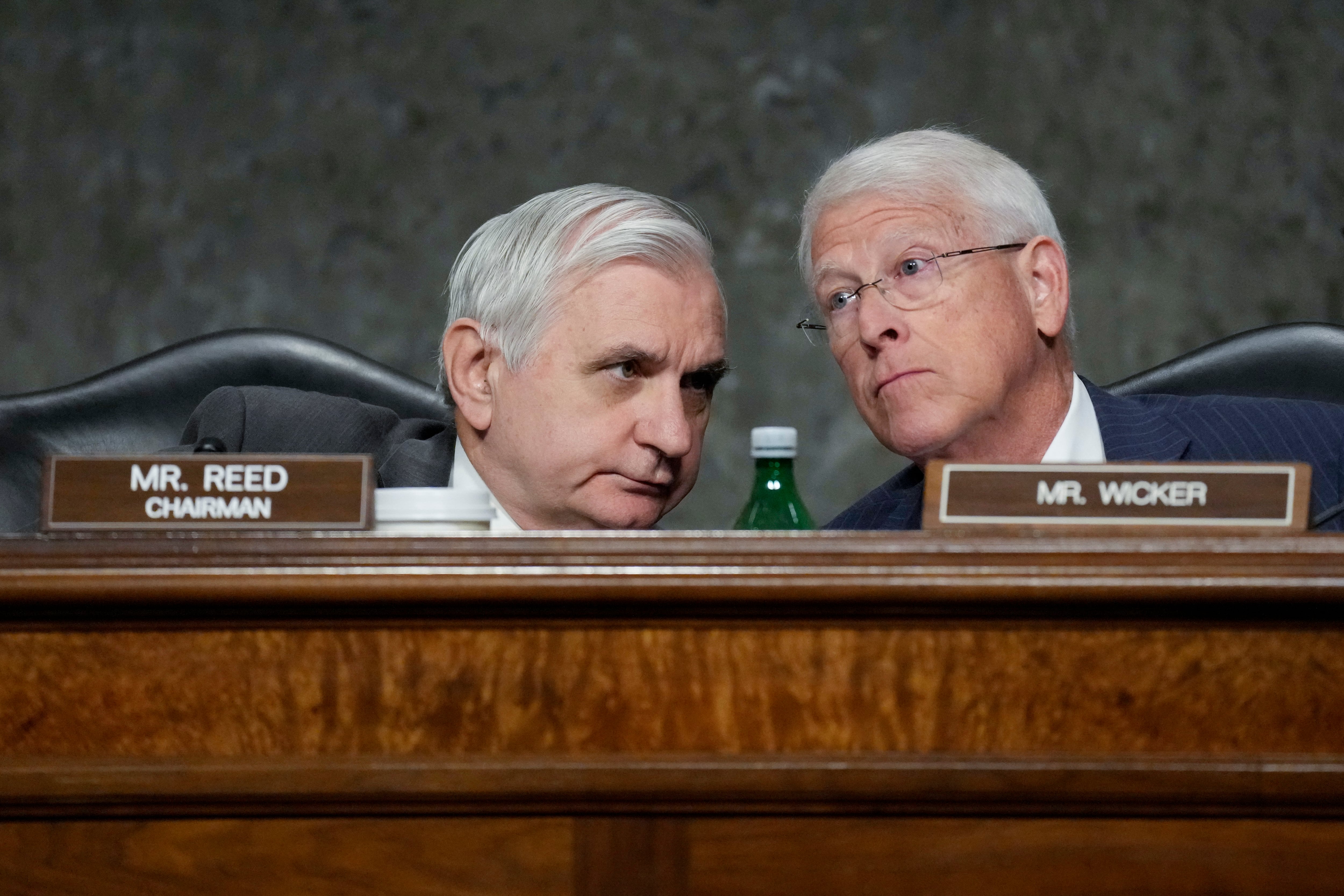As investigations begin into the collision that killed seven sailors from the destroyer Fitzgerald off the Japanese coast last week, the remains of the fallen crew members were slated to land at Dover Air Force Base Tuesday, Navy officials said.
Now, as shipmates and family mourn the losses from one of the Navy’s worst at-sea disasters in decades, a primary question Navy investigators will seek to untangle involves how the Arleigh Burke-class destroyer and the hulking container ship, the Philippines-flagged ACX Crystal, ever got so close to begin with.
"It’s virtually unprecedented," said Lawrence Brennan, a retired Navy captain who now teaches admiralty law at Fordham University's School of Law.
"For two large ships, both operated by world-class shipping companies, to be in waters where they should expect traffic and not see each other, boggles the imagination," Brennan said.
The collision, coupled with the skipper not being on the bridge and some of the crew still in the berthing compartments, raises the possibility that the Fitzgerald never saw the Crystal coming, Brennan said.
A collision alarm should be sounded to wake and mobilize the crew in such a situation, he said, yet some sailors were still in their bunks when the Crystal struck.
The skipper would normally be called to the bridge if a collision was imminent, several retired skippers and former Navy officers said, yet the Fitzgerald's commanding officer, Cmdr. Bryce Benson, was trapped in his quarters because of damage caused by the cargo vessel.
"This combination of factors leads me to suspect that there was no warning," Brennan said.
Retired Navy Capt. Jan van Tol, who commanded the destroyer O’Brien and the amphibious assault ship Essex in the same Japanese waters, said he was "puzzled" by the captain’s absence.
"That would normally get a CO to the bridge," he said.
Another confusing aspect of the collision is that U.S. and Japanese officials have offered differing accounts regarding preciseliy what time the collision occurred.
The Associated Press reportedthis week that the Crystal’s crew waited for an hour before reporting the collision.
U.S. 7th Fleet Commander Vice Adm. Joseph Aucoin said this weekend the collision took place around 2:20 a.m. local time, but Japanese officials have reportedly placed it about an hour earlier. The New York Times reported Mondaythat 7th Fleet officials were not disputing the Japanese account of the collision's timing.
These inconsistencies must get resolved to chart the Crystal’s whereabouts that morning and to explain a U-turn the ship made some time before the collision, an unusual maneuver in a congested sea lane, Brennan said.
Either way, the Fitzgerald was in mid-watch — the midnight to 4 a.m. shift on the bridge — when the collision occurred. Before retiring, the skipper traditionally relays orders to these sailors.
Retired Capt. Rick Hoffman, who commanded the guided-missile cruiser Hué City, said one edict rules over all when a skipper leaves the bridge: If in doubt, call.
"If I internalize there’s trouble, what do I do? I call the captain," Hoffman said. "The processes and procedures have been put in place to make sure this doesn’t happen if you follow them. We just don’t know what didn’t happen."
Both old-school human calculations and modern radar, as well as the Aegis combat system, provide watchstanders with unprecedented awareness of other vessels.
"The Navy is the king of redundancy, and that’s not meant as anything but a compliment," Brennan said. "I’ve not seen a collision where two ships couldn’t see each other in the day of radar."
But a modern ship’s capabilities require both the gear and its human operators to be in prime working order, said Scott Cheney-Peters, who served as an engineering division officer aboard the Fitzgerald from 2006 to 2008.
"A failure on either or both parts can lead to a collision," he said in an email.
Watchstanders must fuse together incoming information from radar, navigational lights from other ships and bridge-to-bridge radio communications. All these strands change as vessels alter course and speed, Cheney-Peters said.
"If a watchstander on either ship misinterprets a piece of data, or misses that a vessel has changed what it was doing, that can lead to a dangerous situation," he said.
Maneuvers can alter the collision course if two vessels are far enough away, Cheney-Peters said, but such moves become harder as that distance closes.
Still, destroyers like the Fitzgerald are "the sports cars of the sea," van Tol said. "They should be able to get out of the way of anything."
Cheney-Peters said if watchstanders had been aware of the collision and had more than a few minutes until impact, that would have been enough time to elude danger.
"But generally the crew would have been focused on trying to avoid a collision in the first place and would at most have given a minute or two warning," he said.
As the Navy, Coast Guard and Japanese investigations deepen, those crucial minutes before impact will likely be extensively recreated to determine exactly what went wrong. Incidents involving such vessels often include a measure of shared fault, Cheney-Peters said.
"Whether it’s 50-50 or 95-5 will have to wait to be seen," he said.
Geoff is the managing editor of Military Times, but he still loves writing stories. He covered Iraq and Afghanistan extensively and was a reporter at the Chicago Tribune. He welcomes any and all kinds of tips at geoffz@militarytimes.com.




